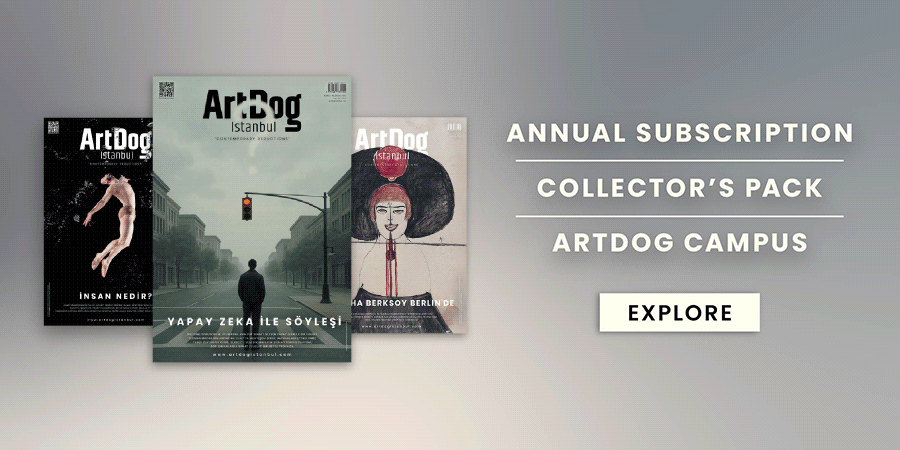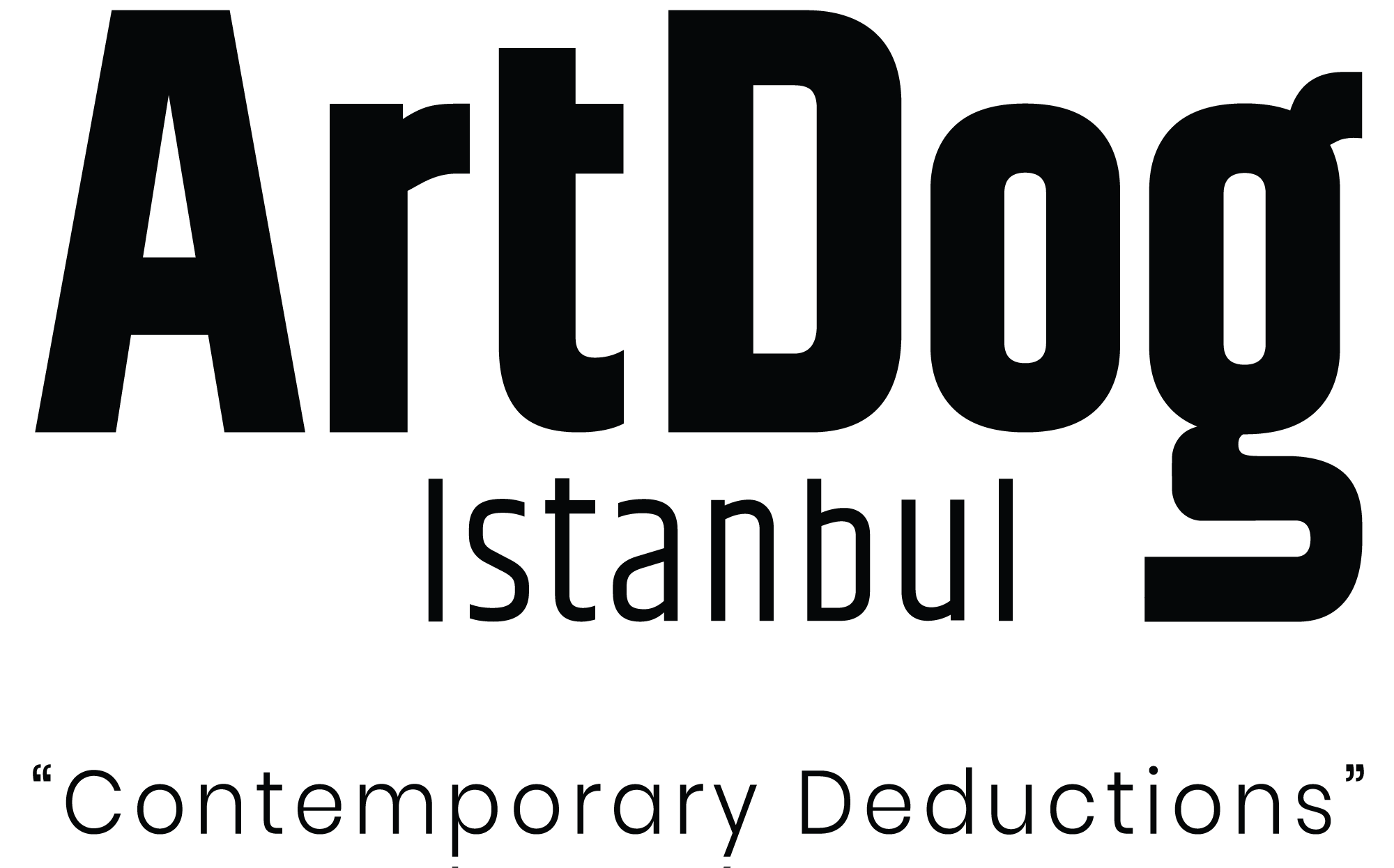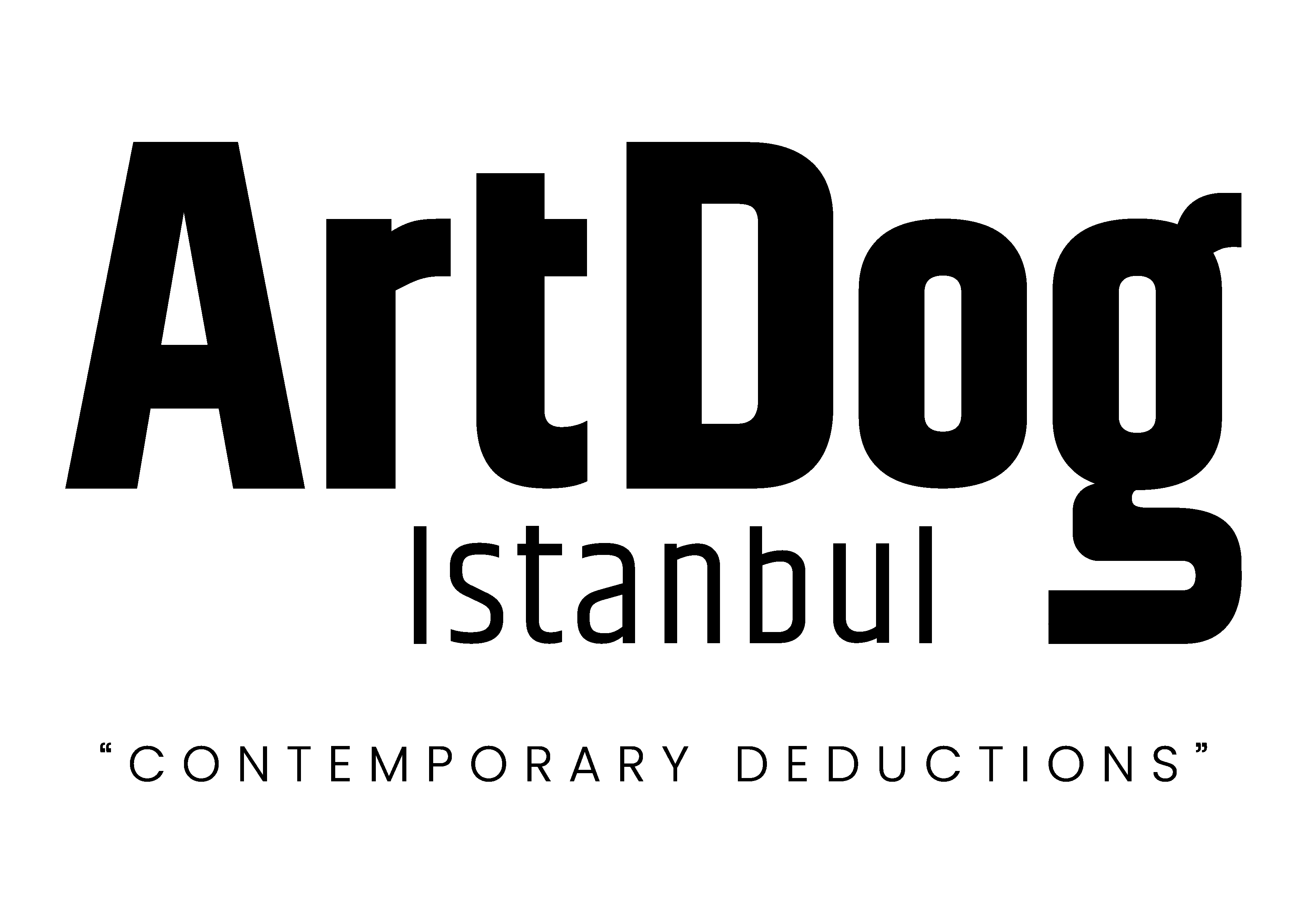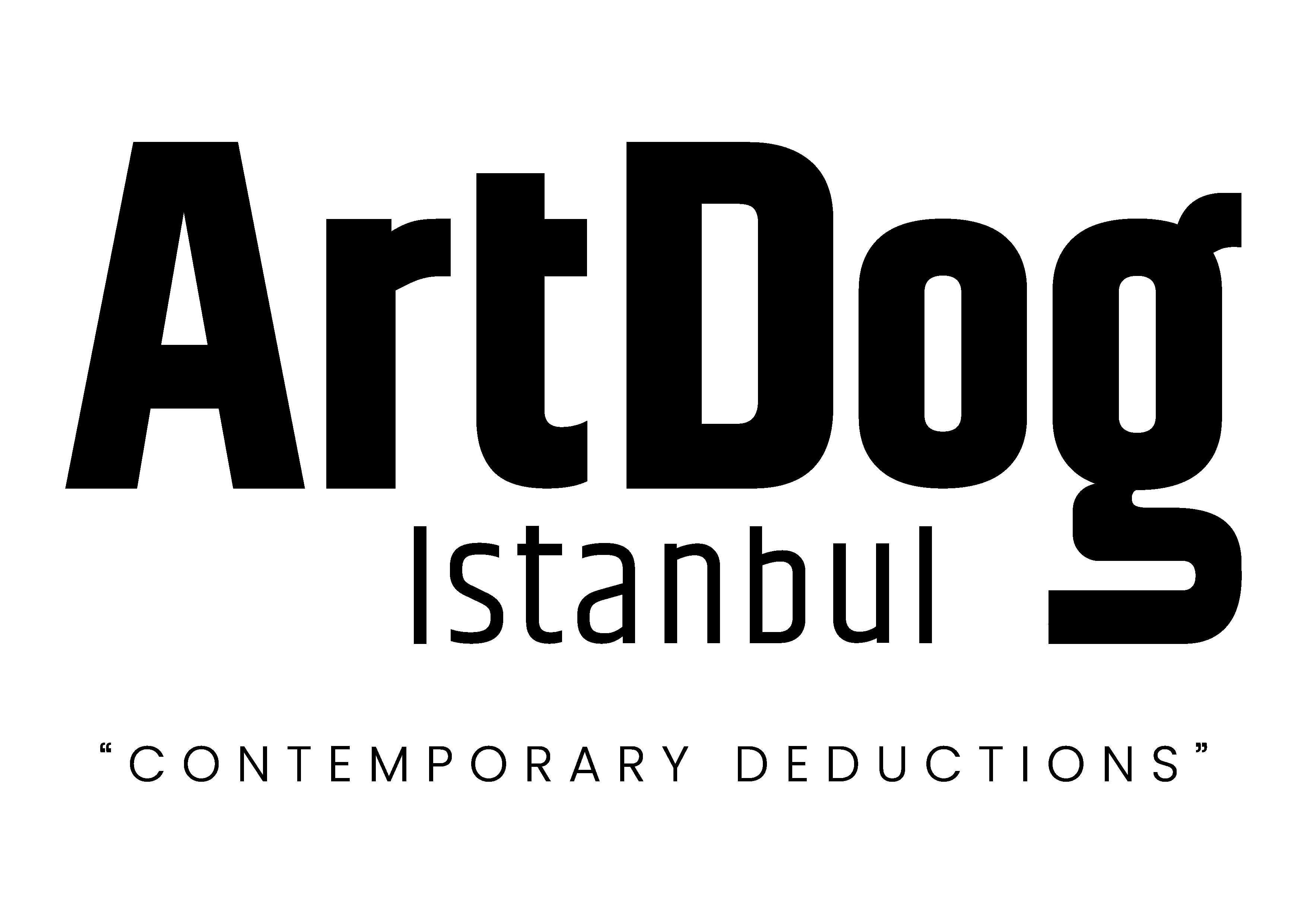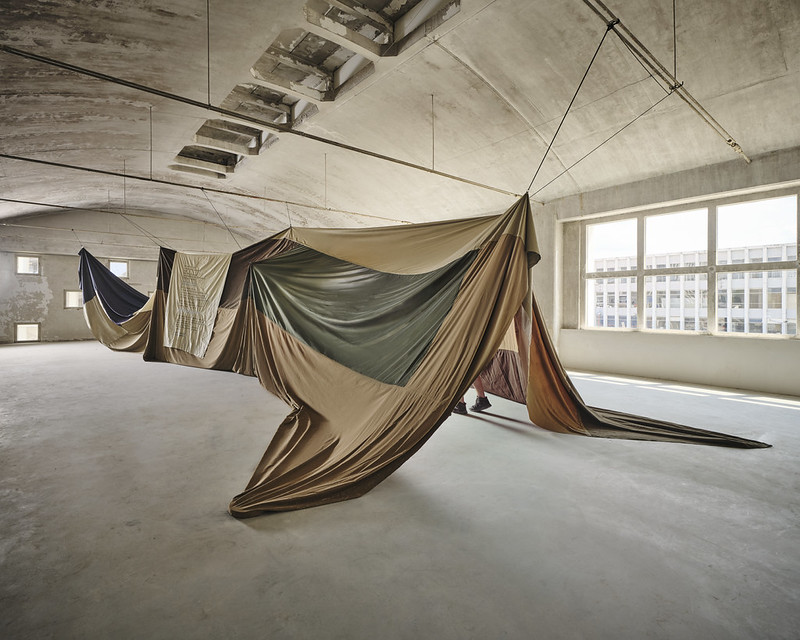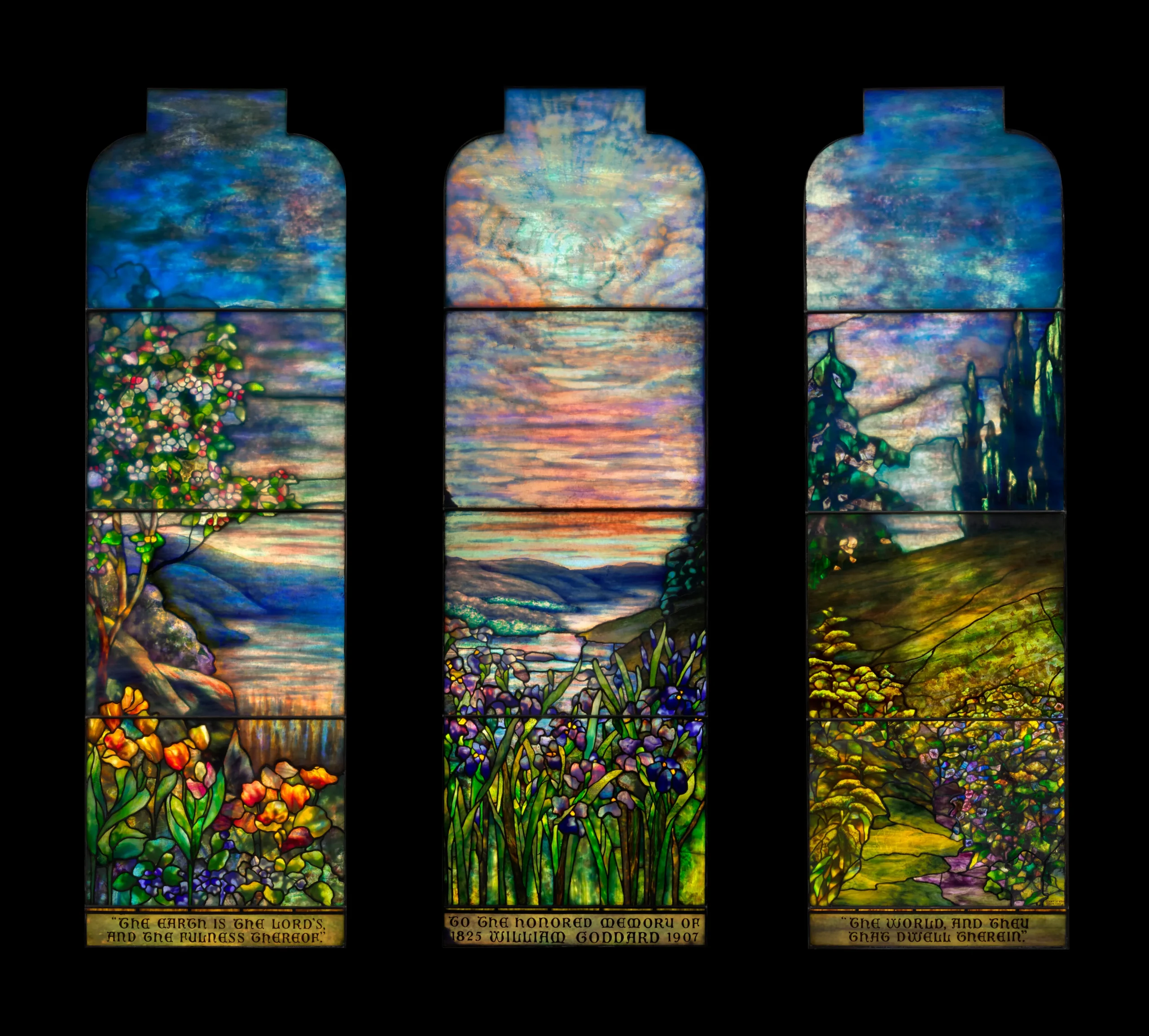Dutch Design Week (DDW) opened its doors on October 18 with its 25th edition. Exhibitions where themes such as artificial intelligence, authoritarian regimes, and moving beyond binary gender systems are strongly felt once again introduce many young designers to the world.
Dutch Design Week (DDW), which began in 1998 as a graduation exhibition for Design Academy Eindhoven, has opened for the twenty-fifth time this year. Having expanded across the city over the years, the event is structured under four headlines in more than 22 main venues this year: “Evolving Planet,” “Equal Society,” “Digital Futures,” and “Living Environment.” Unlike its first decade, it is now also possible to see projects by established designers and students from other prestigious European design schools. Although the “past, future, possible” theme of DDW’s 25th edition presents a wide range of “things,” the event fluctuates between the dominant Dutch mindset of “everything must serve a purpose” and an uncompromising conceptualism.
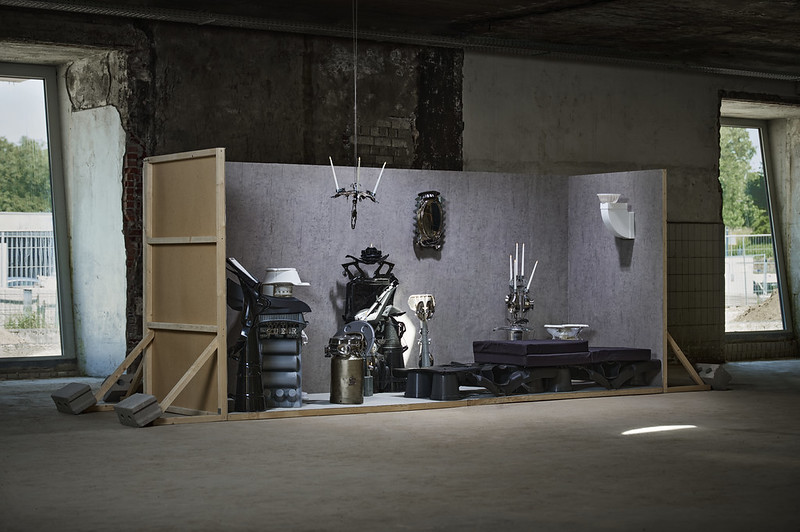
Projects Awarded with the Impact Prize
“Ra,” Marjan van Aubel’s flexible electrical textile developed from the idea of converting sunlight into energy across building surfaces; Carbon Cell, offering a new packaging material from a coal-like substance instead of petroleum-based foam that pollutes the oceans; Pulpatronics, which makes price tag alarms and hotel room key cards fully recyclable; and Respyre, which transforms algae into an accessible insulation material to cool down cities increasingly heating due to climate change — are some examples of utilitarian-first approaches. (These projects are also among those recognized with the prestigious “Impact Award” by Dutch Design Foundation.)
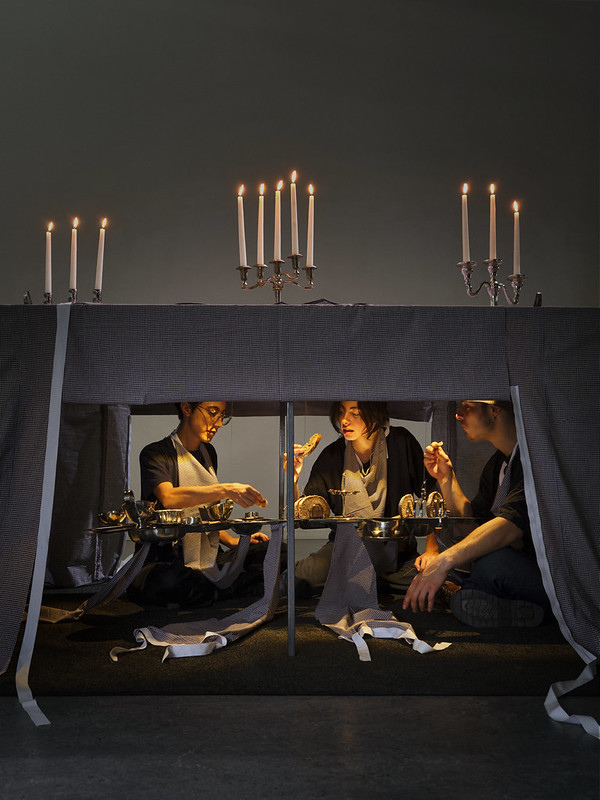
Soil, solidarity, community, solutions
Other ideas we encounter under the DDW umbrella are diverse and far from being “products,” which makes them particularly inspiring. Exhibited in Strijp-S — one of Eindhoven’s many former industrial districts — “Standard Cargo” is less of a critique of the system we live in and more a call for solutions: based on the premise that consumer habits will not change and online shopping will not decrease, the project invites designers to create their products to fit into standard mailbox dimensions — 33 cm wide and 4 cm high.
In the same area, under the title “Architecture of Sharing: From Crisis to Resilience,” the story of Shared Houses, a housing initiative in the Czech Republic responding to the needs of more individuals through participatory architecture, is told. Again in Strijp-S, “Gaza Travel Agency” uses space and graphic design to address Palestinians’ right of return to their homeland and the legal foundations of this right. REWild Gatherings, located in a container on a site that will become a park by 2030, aims simply to make a difference in the food chain through soil and community. Similarly, in the “Soil Recipe” and Soil Lab projects, designers and collaborators focus deeply on the subject of soil.
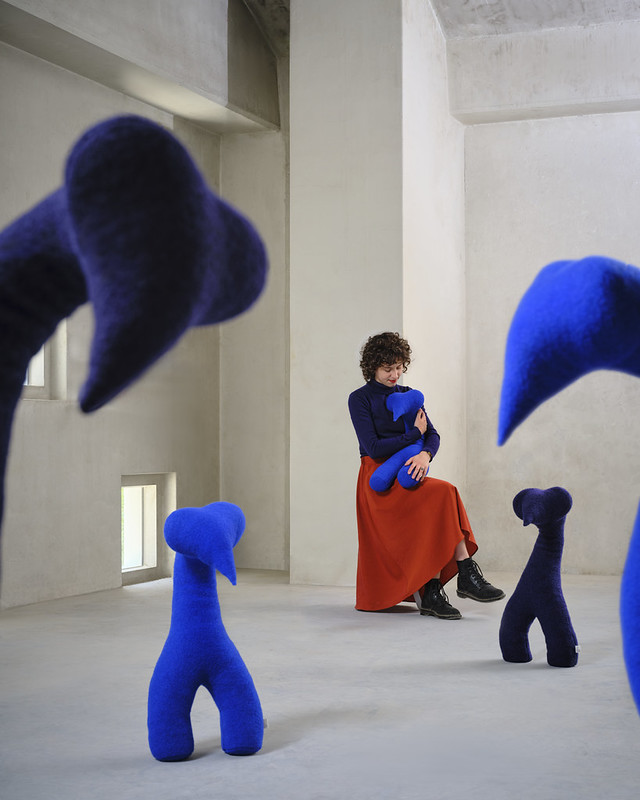
The most compelling corner of DDW: The Graduation Show
The indisputable highlight and most inspiring exhibition of DDW remains the graduation show featuring bachelor’s and master’s projects from Design Academy Eindhoven. This exhibition — the first place where many now-recognized designers were discovered — has carried the question and critique “Is what we are seeing design or art?” since 1998. Although only a few works focus on materials and production processes, the theme of this year’s show is also the “broken” world we are living in.
Works such as “Fictitous Authority” (Juhwa Lee), “Ministry of Procedural Emergencies” (Alessandra Pandolfi), and “How to Catch a Fire Dragon” (Kai-Hsiang Wen), which addresses the Chinese government’s interference with certain radio channels globally by making them unlistenable via satellite, are built around current political realities and emphasize the pressure we feel at the intersection of authoritarian regimes and technology.
Meanwhile, Anna Zoe Hamm’s protest-brooms designed for an unstoppable queer-feminist apocalypse, Stefka Karagyozova’s ceiling-hung and portable storage units, and Christoph Wimmer-Ruelland’s installation “We never named them until it was sure they would survive,” which imagines a world after the end of mass production, suggest that the world we know has already collapsed — and no matter how difficult the next reality may be, we are ready for it. Another recurring theme throughout the exhibition is the need to come together and embrace one another. This much softer theme repeatedly appeared in works by Ceren Sözer’s “Quantum Dinner,” Denise Huigen’s “Knuf,” and Lee SuGyeong.
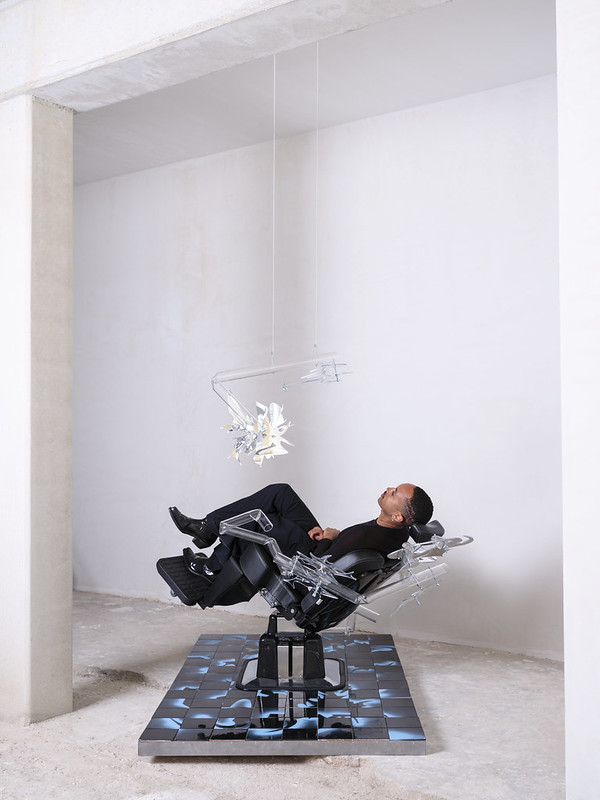
Repair before design
One of the frequently discussed issues in the design world throughout the 2010s was that design almost always served only 10% of the world’s population. Walking through the graduation show, I felt that the designers behind the works all agreed on one thing:
“This world does not need a new chair or a product,
it needs to be repaired.”
While the initiative of the previous decade — “design for 90% of the world” — argued that design should address more than just the top 10%, the graduation show at DDW 2025 conveys a message about the urgent need to repair the world before designing for it.
Derrick Crichlow’s barber chair awkwardly tilted upward in an unsettling manner seems to describe both where the 2025 graduates stand and the position we all occupy: Design can still sit in a chair if we insist — but from this point on, comfort is no longer an option.

